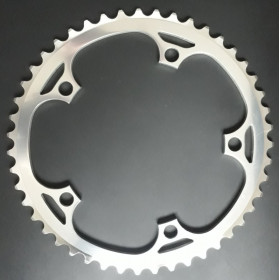-
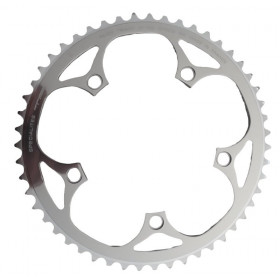 New product -47%Track bike chainring 52 teeth 130 mm TA Alize
New product -47%Track bike chainring 52 teeth 130 mm TA Alize- €28.08
- €52.99
-
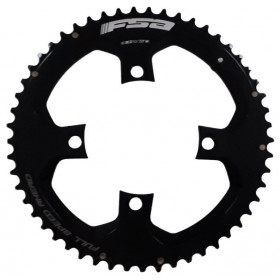 New product -34%Chainwheel 53 teeth FSA Powerbox ABS and SL-K ABS 10 or 11s
New product -34%Chainwheel 53 teeth FSA Powerbox ABS and SL-K ABS 10 or 11s- €49.49
- €74.99
-
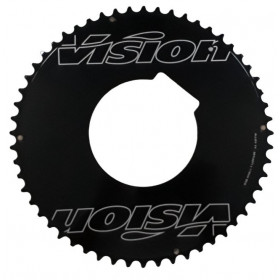 New product -40%Chainwheel 56 teeth Vision FSA Powerbox ABS and SL-K ABS 10 or 11s
New product -40%Chainwheel 56 teeth Vision FSA Powerbox ABS and SL-K ABS 10 or 11s- €74.99
- €124.99
-
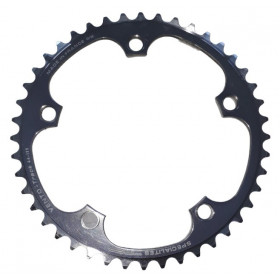 New product -47%Track bike chainring 44 teeth 135 mm TA Alize
New product -47%Track bike chainring 44 teeth 135 mm TA Alize- €21.19
- €39.99
-
Track bike chainring 47 teeth 135 mm TA Vento
- €28.08
- €52.99
-
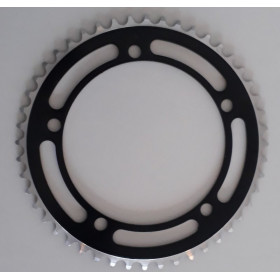 New productTrack chainring 144 mm 48 teeth
New productTrack chainring 144 mm 48 teeth- €14.99
Showing 1-6 of 6 item(s)
Track bike chainrings, also called bottom brackets, are crucial components of the bicycle's drivetrain, providing a contact surface for the chain and allowing the rider to transfer pedaling power to the wheels. Here is a description of their function, their characteristics, the standards and the different types of chainrings for track bikes:
Function :
1. Power transfer:
Chainrings provide a contact surface for the chain, allowing the rider to transfer their pedaling power to the wheels of the bike.
2. Transmission ratio:
Different sized chainrings are used to change the bike's gear ratio, which affects the speed and effort needed to pedal.
Features :
1. Number of teeth:
Chainrings come in a variety of tooth sizes, typically ranging from 36 to 53 teeth for track bikes. A chainring with more teeth provides a higher speed but requires more effort to pedal, while a chainring with fewer teeth provides a lower speed but requires less effort.
2. Tooth shape:
The teeth of the chainrings can have different shapes, such as symmetrical or asymmetrical teeth, to optimize gear shifting and reduce the risk of chain derailment.
3. Material:
Chainrings can be made from different materials, such as aluminum, titanium or carbon. Lighter materials like titanium and carbon are often used on high-end chainrings to reduce the weight of the bike.
Standards:
BCD (Bolt Circle Diameter):
The BCD is the distance between the chainring mounting bolts on the crankset. There are different BCD standards, such as 144mm and 130mm, which determine the compatibility of the chainrings with the crankset.
Different types of chainrings for track bikes:
1. Single trays:
These chainrings are used on track bikes with single drivetrains, without a derailleur. They have a single chainring at the front and offer a fixed gear ratio.
2. Double trays:
These chainrings are used on track bikes with two chainring drivetrains, with a front derailleur. They offer the possibility of having two different gear ratios, which allows the rider to adapt to different riding conditions.

